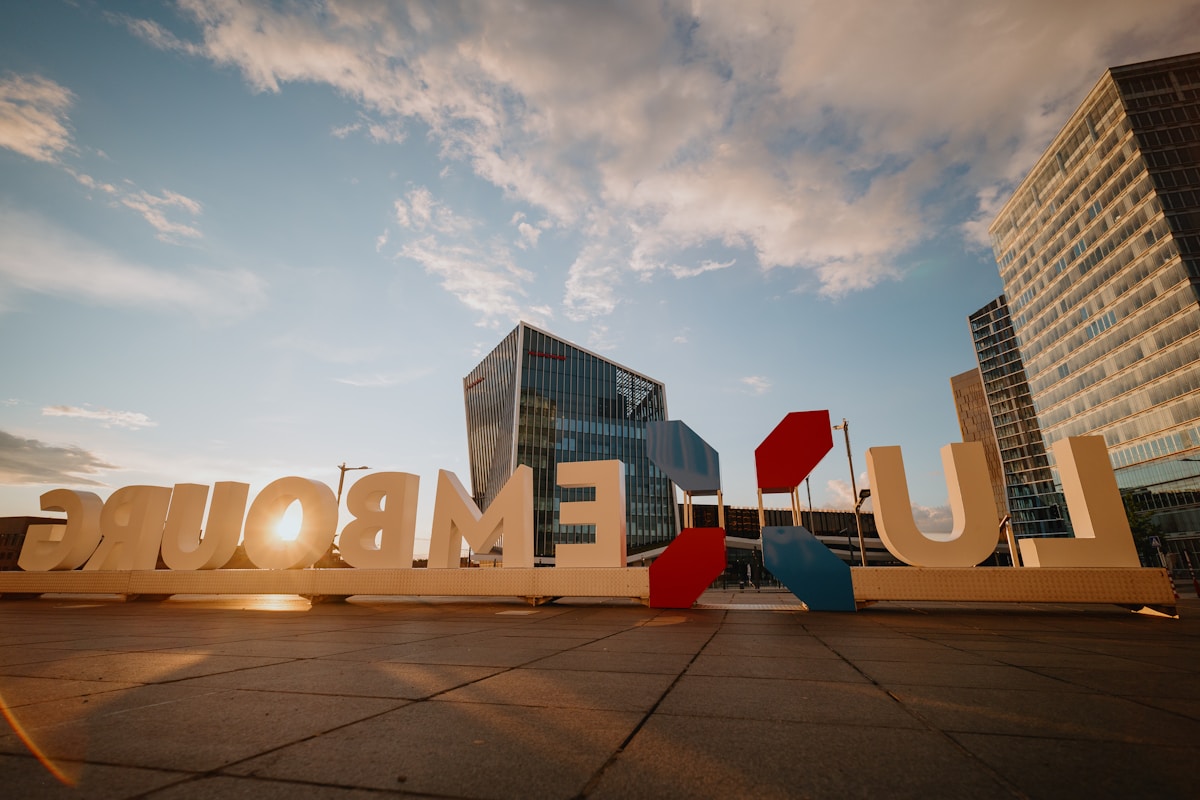In the Ardennes region, you’ll find the town of Wiltz, which is divided into two parts: the upper town with its castle on a plateau, and the lower town located in the valley near the river. Its name originates from a Celtic term that means “on the creek,” with evidence of a Celtic community by the River Wiltz noted as early as 764 AD. By 1240, under the protection of the counts of Wiltz, the settlement was granted the status of a town.
During World War II, Wiltz was taken over by Nazi forces following the Battle of France in May 1940 and was under occupation until the arrival of American soldiers who liberated it in January 1945.
The townsfolk of Wiltz put up a strong resistance against the Nazi occupiers, initiating a general strike in August 1942 to protest against being forced to join the German army. The strike began at the Ideal leather factory but quickly spread to other factories in the area, resulting in the execution of twenty Luxembourgers, including four teachers.
Numerous families from the area were deported, and many young men and women were involuntarily enlisted into the Wehrmacht. The town also suffered significant damage during the Battle of the Bulge, with 80% of homes in Wiltz being destroyed.
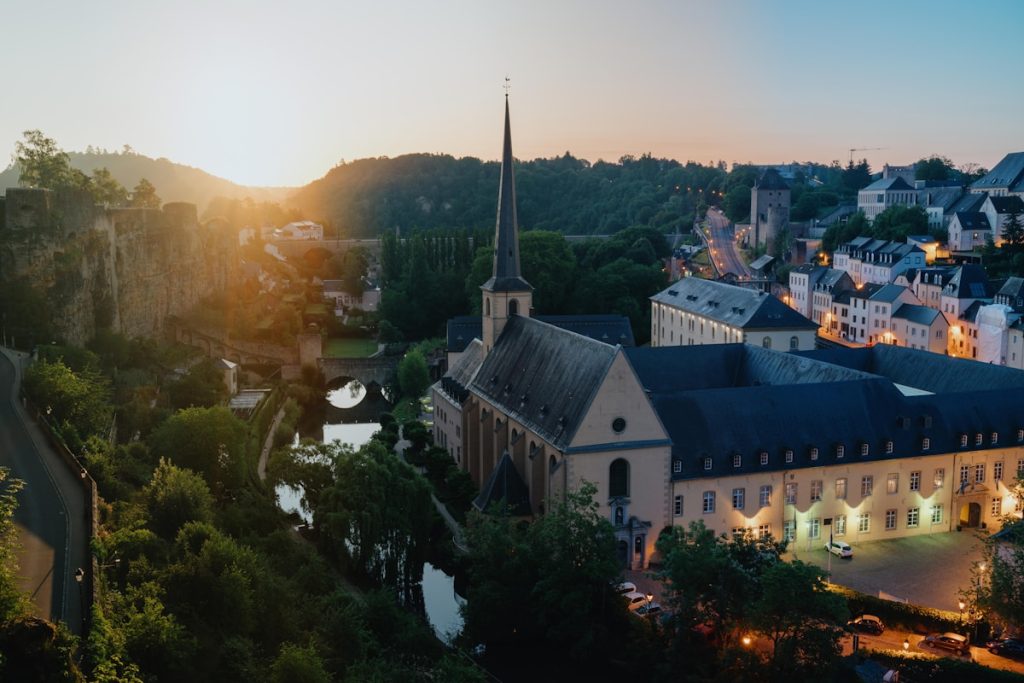
A striking memorial, designed in the shape of a lighthouse, was constructed to honor those who lost their lives in the strike or faced deportation and conscription. Annually, on August 31, a memorial ceremony is held to commemorate the events. The monument was designed by Roger Wercollier, with stone sculptures by Lucien Wercollier depicting the resistance of the people of Luxembourg against the powerful Nazi regime using iconic symbols like David and Goliath.
Wiltz was later recognized as a Martyr Town, with a Sherman tank displayed in the town’s central square as a symbol of the US forces’ role in the liberation of Wiltz. This specific tank, belonging to the M4-A3 series, weighs approximately 31.6 tons.
Enigmatic Legacy of Wiltz Castles
The Wiltz family, one of the oldest in Luxembourg, initially constructed their castle in the valley. Due to its vulnerable position, they opted to relocate to a rocky area called OberWiltz in the town, starting the construction of a new residence in the 12th century.
After the castle was set on fire by French invaders in 1388, a larger protective wall was erected. It suffered a second destruction in 1453 at the hands of Philip of Burgundy. The Witch’s tower, dating back to 1573, is the oldest part of the castle and holds a statue of Count Jan, an armored knight acknowledged as the guardian of Wiltz. A square tower from 1626 and the Renaissance castle, which Count Jan initiated in May 1631, are also significant parts of the site.
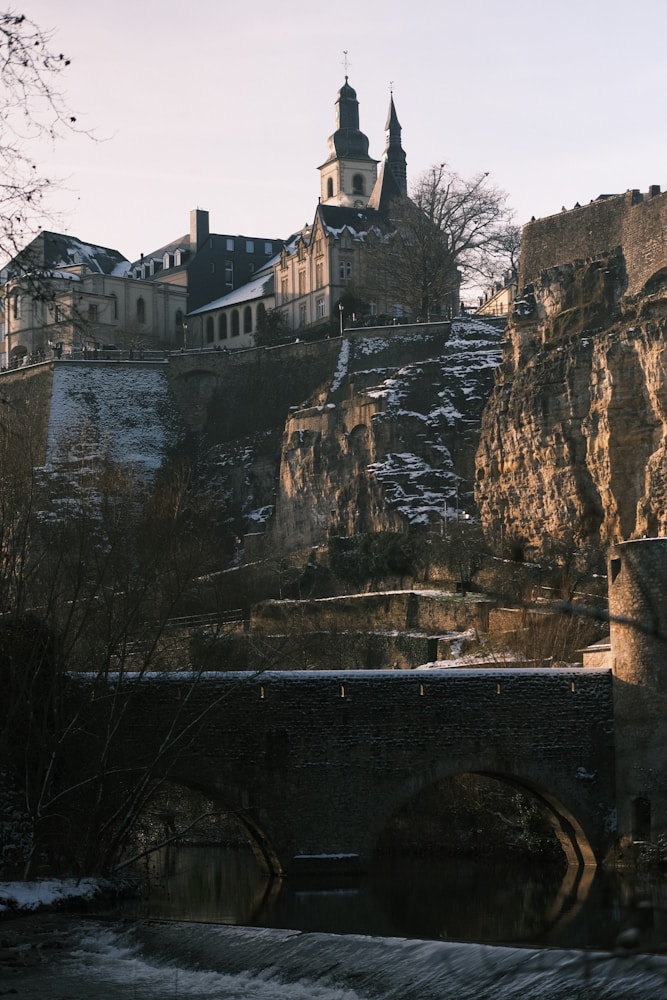
Construction of the Renaissance castle started in 1631 but faced difficulties due to war and famine. It was not finished until 1720, during the tenure of Count Charles-Eugene de Custine, the last count of Wiltz. The grand staircase leading to the gardens was the final addition, completed in 1727.
The lineage of the Counts can be followed back to Walter the First and endured for 21 generations until the 18th century. The last Count fled when French troops came in 1793 and is believed to have passed away approximately six years later. From 1851, the castle transformed into a private school for girls, and later in 1950, it became a retirement home.
When Windmills Meet Museums
In a vast area filled with grassy fields and gardens, the castle has been hosting the Wiltz festival since 1953. This festival features a variety of music genres like international, classical, rock, and jazz during the months of June and July, attracting music enthusiasts from around the world.
The old castle stables have been transformed into the National Museum of Brewing, which explores the long history of beer making spanning over 6,000 years. Within the museum, you can find the world’s smallest micro-brewery that offers a glimpse into the brewing process, using local spelt (known as dinkel) commonly found in the nearby countryside and utilized for brewing beer since ancient times, including the bronze age.
Within the castle grounds stands the Tannery Museum, which narrates the rich history of the once-thriving leather industry in Wiltz dating back to the 1640s. At its peak, the town had 28 tanneries in 1868, but only two managed to survive into the latter half of the 20th century before shuttering for good. During the interwar years, these factories employed over 1,000 workers, marking the end of a 400-year-old tradition with the closure of the last factory in 1963.
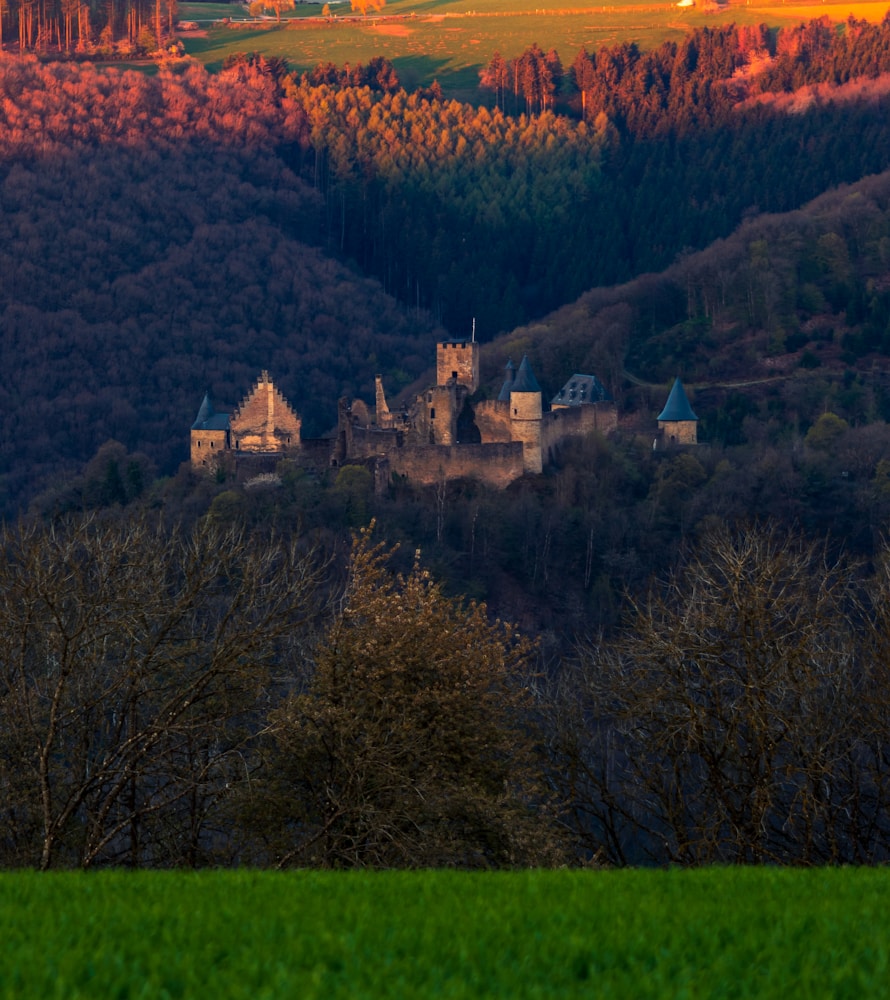
Present in the same vicinity is the Museum of the Battle of the Bulge, established in 1970 to delve into the Ardennes Offensive that took place from December 1944 until 21 January 1945, when Wiltz saw its liberation. Through various mediums like photographs, paintings, documents, and war artifacts including uniforms, the museum aims to educate visitors about the hardships faced by both soldiers and the local population during that period.
All three museums are accessible from September to June, welcoming visitors from Monday to Saturday between 9.00-12.00 and 14.00-17.00 (daily during the summer months from 9:00 to 18:00). For more details on visiting these sites, further information can be found here.
A recent addition to the town is the Fire Brigade Museum situated on An der Géitz in the former fire station, which opened its doors earlier this year. Visitors can explore historical fire engines and gain insights into the tools and daily tasks of firefighters. This museum is open every Saturday from 10:00 to 18:00.
Dating back to 1777, the Niederwiltzer windmill, locally known as the Tëschent den Hoen, once part of a group of eleven mills catering to the tanneries, provides a glimpse into the past. It processed the bark of young oak trees from the nearby forests into a brown powder used in leather-making, a trade closely tied to the River Wiltz’s banks. As the sole surviving windmill in Luxembourg, it stands as a tribute to a bygone era.
Explore Parks, Gardens, Churches, and Memorials
Even during the cold winter months, Jardin de Wiltz remains a lovely spot to visit, stretching across 2.5 hectares. This public garden is like a masterpiece of nature, created and cared for by a diverse group of individuals including artists, craftsmen, people with disabilities, and those facing unemployment. Established in 1983 by a group known as “Der Blaue Kompressor,” the garden welcomes visitors year-round, displaying not only greenery but also various sculptures.
The Decanal church, a historic landmark dedicated to Saints Peter and Paul with origins tracing back to the Middle Ages, is a place of significance in Wiltz. The church’s tower, the oldest section, holds the tombs of the counts of Wiltz. Within the church grounds rests the Plague cross, put up in 1635 to remember the devastating impact of the disease on Wiltz’s population, reducing it from 65 families in 1623 to just 17 by 1659. Additionally, the inscription on the cross, exposed to the elements over centuries, has sadly faded away.
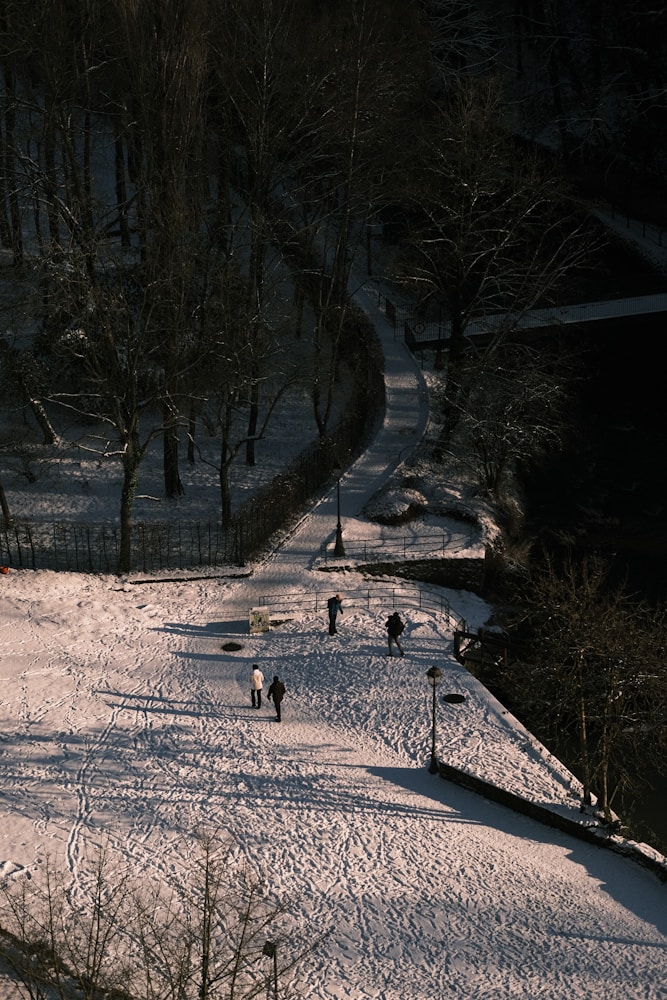
Further away from the town center lies the Shrine of Our Lady of Fatima, constructed in 1951, serving as a symbol of remembrance. Featuring the names of 108 war victims on its sides, the shrine drew Portuguese migrant workers’ families on a pilgrimage in 1962. Each year on Ascension Day, the Portuguese community in Luxembourg gathers at the Decanal church before embarking on a solemn procession to the memorial site.
Simon Park, which has stood for about 150 years, is home to the Rodange-Renert Memorial. A tribute to national poet Michel Rodange, who penned his renowned work Renert while residing in Wiltz, the site includes his former living quarters, now a part of Café Renert. The monument, consisting of four sections, guides visitors through a route featuring sculptures and water elements such as a lion’s head, a fishing wolf, a symbolic door, and a column, all each echoing stanzas from Rodange’s epic poem.
The One Penny Monument pays homage to Lord Robert Baden-Powell, the founder of the scouting movement in the 20th century. Supported by contributions of a penny from each boy and girl scout, it represents the values of service, aid, and obedience intrinsic to scouting. Crafted by Lucien Wercollier, the monument portrays three boy scouts standing back to back, symbolizing unity. Wiltz stands as a distinguished international scout hub with accommodation like eight chalets and tent sites available for scout groups, both local and visiting.
During the feudal era, justice crosses were raised as local judicial landmarks. Acting as courthouses, these crosses saw the appointment of lay judges elected by the community to pass verdicts. In Wiltz, the coat of arms seen on the justice cross reflects influences from Wiltz and Burscheid, given that the Burscheid family was involved in its erection. Despite facing damage during key historical events like the French Revolution and the Ardennes Offensive, this particular cross stands as the sole original justice cross within Luxembourg.
Stroll Through Wiltz
In Wiltz, there are two cultural trails to explore. The Yellow Trail covers the upper town in a 3km route, incorporating 21 panels that reveal the town’s history as the Martyr town. Along the way, you’ll see the charming Jardin de Wiltz, the Notre Dame parish church with its baroque high altar, and even though there are some stairs, families with strollers can take an alternate path through rue de la Montagne.
The second trail, the Red Trail, is around 4.5km long, leading to the Nieder-Wiltz bridge and onwards to the sanctuary of Our Lady of Fatima. This route passes by the Decanal church, showcasing decorated keystones in the ancient choir from 1510, and also by the last windmill in Luxembourg.
For a downloadable map of the town and its cultural walking paths, you can find it here.
One of the trails to explore is Schumanns Eck, a path that guides you through the rifle holes in the trees to the spot where American and German soldiers engaged in fierce combat and perished in freezing temperatures. This location holds a tomb to the 28th infantry division and the National Liberation Monument, honoring those who fought bravely on Luxembourg’s soil.
If you prefer a longer trek, a 13km circular route kicks off at the war monument on the outskirts of Wiltz and traverses the wooded hills above the valley.
Starting from the upper town, there’s a 7km trail that highlights Wiltz Castle and the Jardin de Wiltz, as well as a shorter 6km one leading up Roullinghen hill from the church. From the lower town, an 8km hike loops past Simon brewery, an incomplete sanatorium intended for tuberculosis patients, the windmill, and multiple memorials.
Another route showcases the old leather factories and the National Strike Monument, while a lengthier 14km trail ascends to the Steekämmchen lookout point. More information on these trails can be found here.
More Information
Experience the thrill of mountain biking with Circuit 07 which kicks off at Wiltz Castle and passes by the National Strike Monument towards Bastogne before heading uphill towards Roullingen. The trail covers villages like Kautenbach, Merkholtz, and Erpeldange, and loops back to Wiltz town. If you’re looking for an easier ride, Circuit 08 is perfect for families.

Additionally, there’s a 21km bike path following an old railway route to Bastogne with informative signs along the route. More details about these paths are available online.
For some family fun, check out MIGO Adventure indoor mini-golf and play park in Eschweiler. Kids under 12 can enjoy a 1,500m² indoor play area.
When it comes to accommodation, consider Aux Tanneries de Wiltz on Am Bongert. They offer single, double, and family rooms with amenities like Wi-Fi, an indoor pool, sauna, Hamman, and a recommended on-site restaurant.
If you prefer a central location, Hotel-Restaurant Beim Schlass on Grand Rue might be for you. They have a restaurant, bar, free Wi-Fi and parking, and bike rentals for exploring the area. Room options include doubles, family rooms with a bed and sofa bed, and an apartment with 4 spacious double bedrooms.
Satisfy your hunger at Café a Tasquinha for Portuguese delicacies like bacalao or try out the recommended La Fourchette Dorée for pizza.
For a unique dining experience, head to Restaurant Eis Kichen at the Prabbeli socio-cultural center. The non-profit establishment employs individuals with special needs in the kitchen and service. Enjoy dishes like the traditional Luxembourgish “Le Tradi,” a vegan option “Geméising,” and an international classic “Dal Mondo.”
